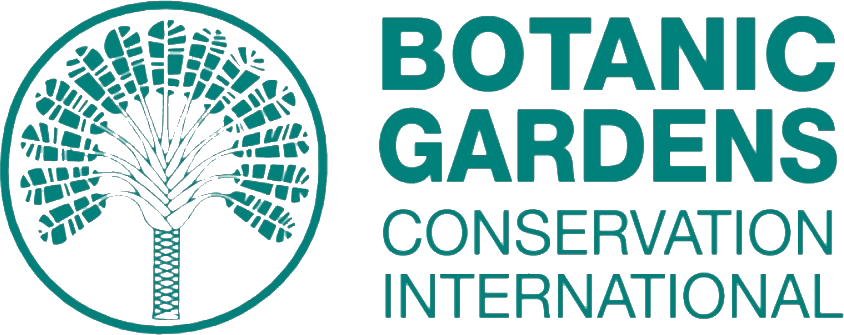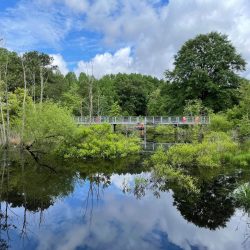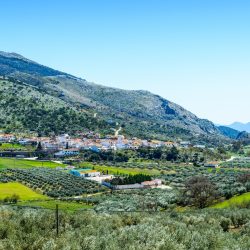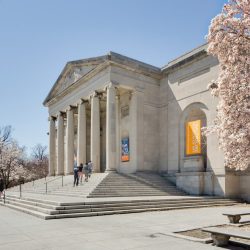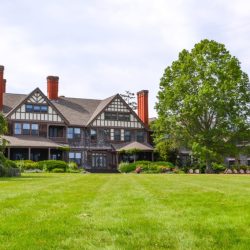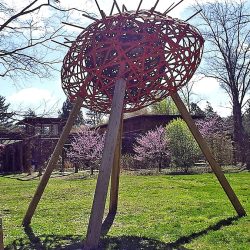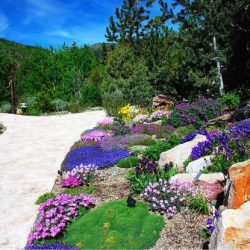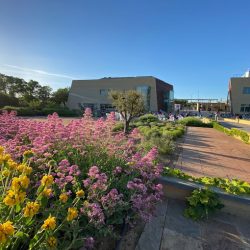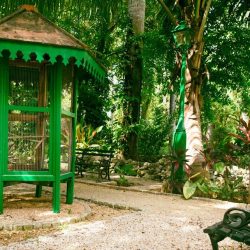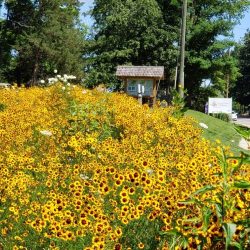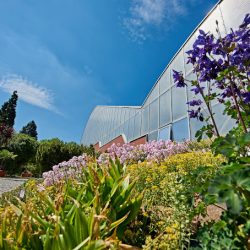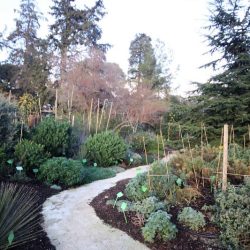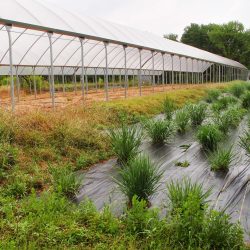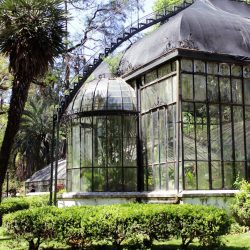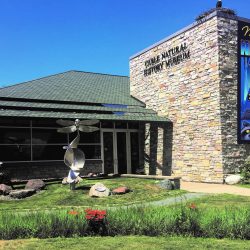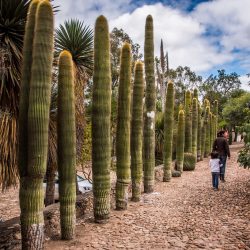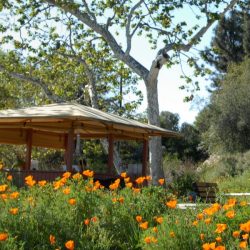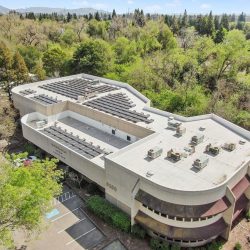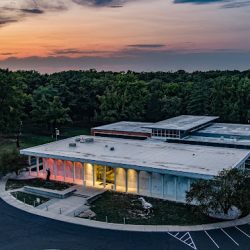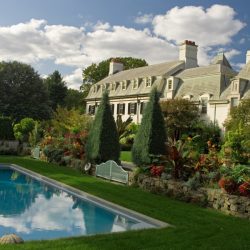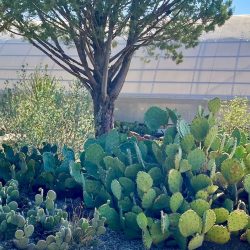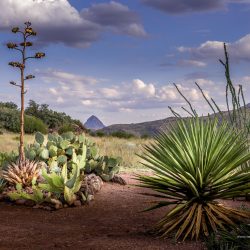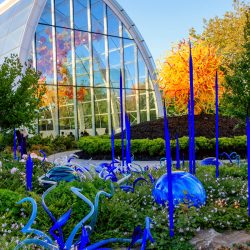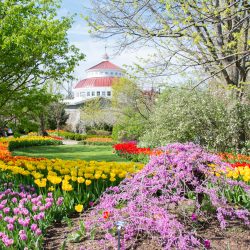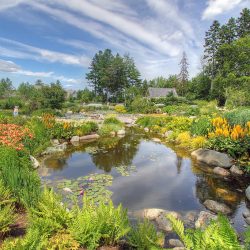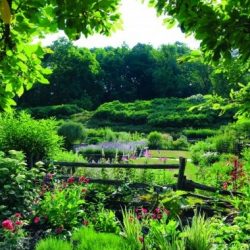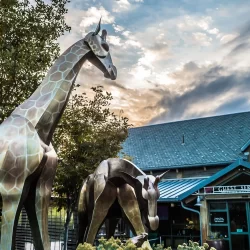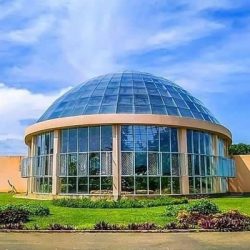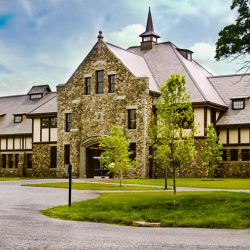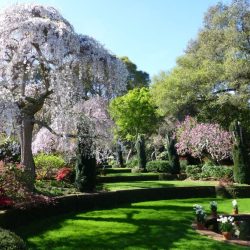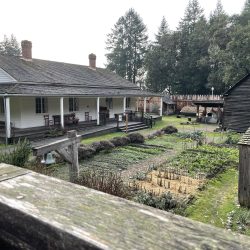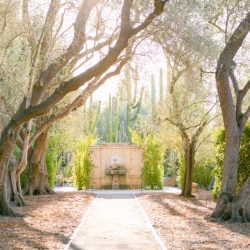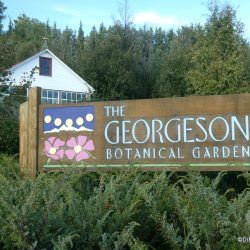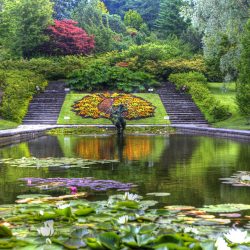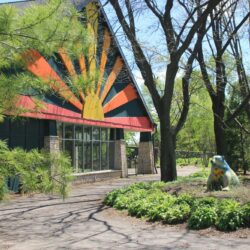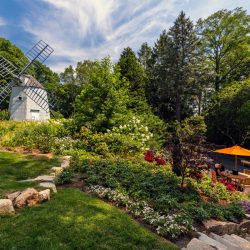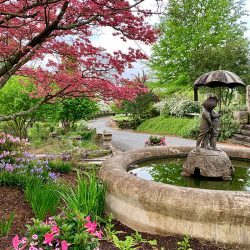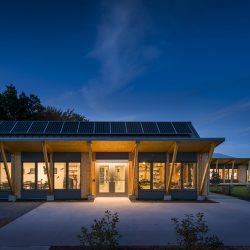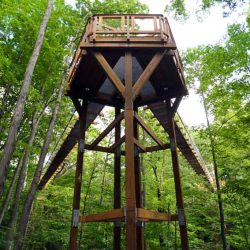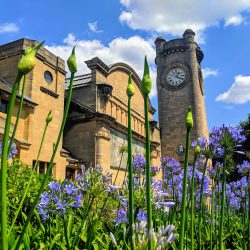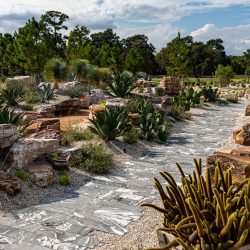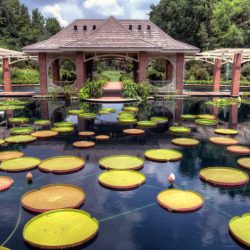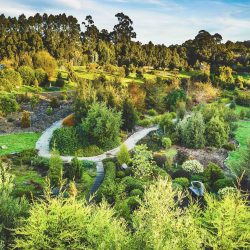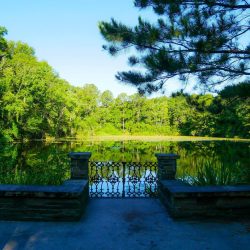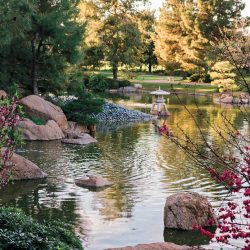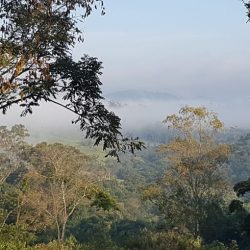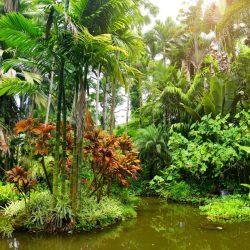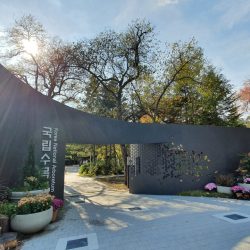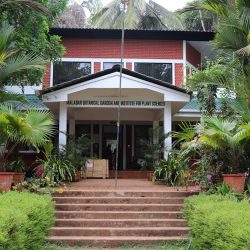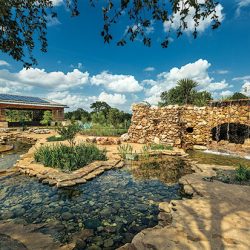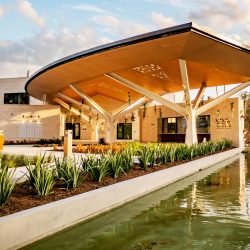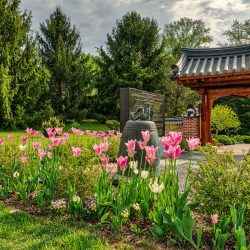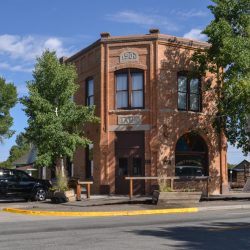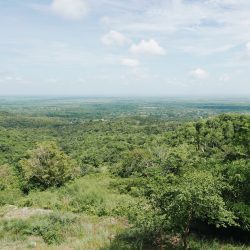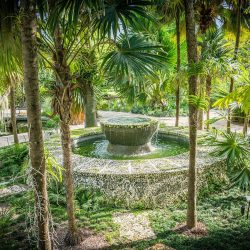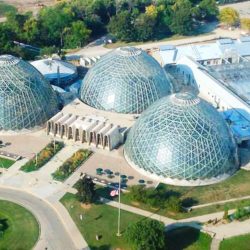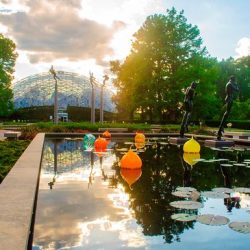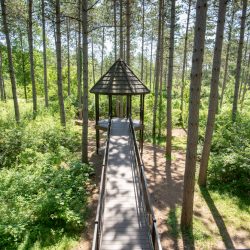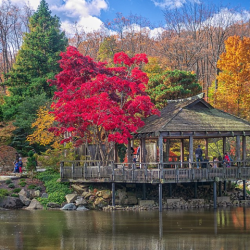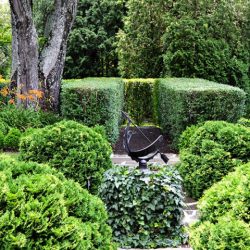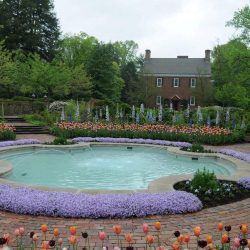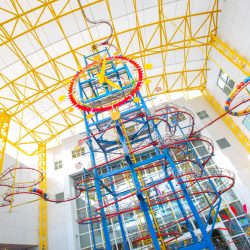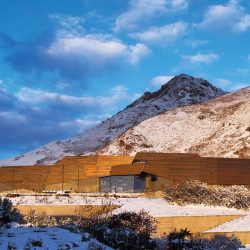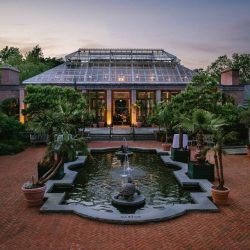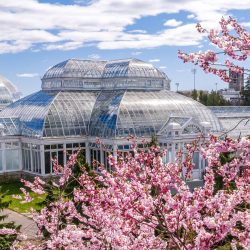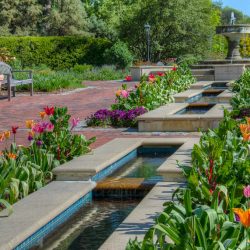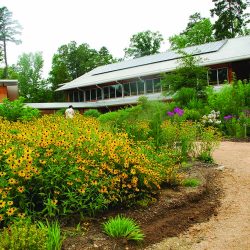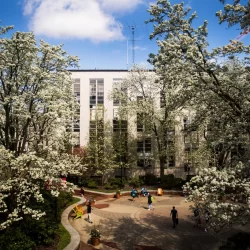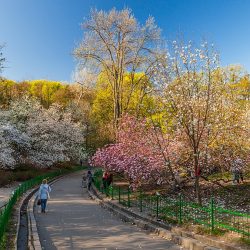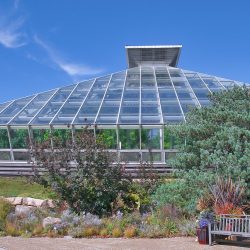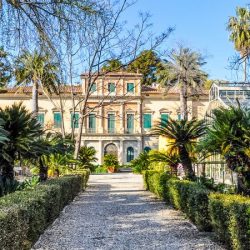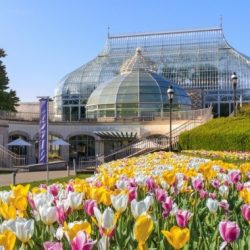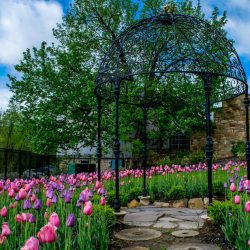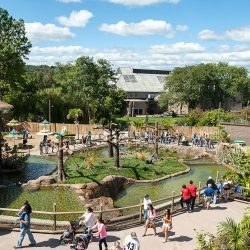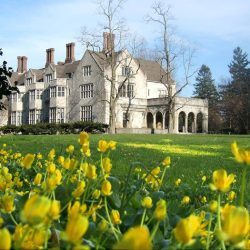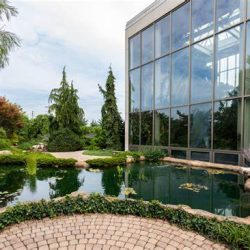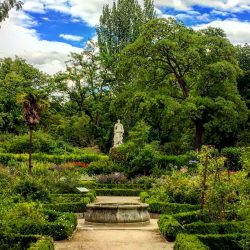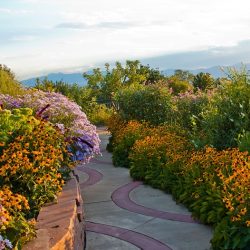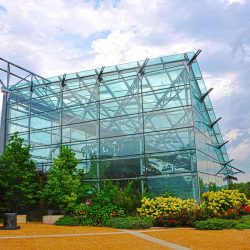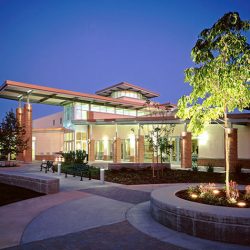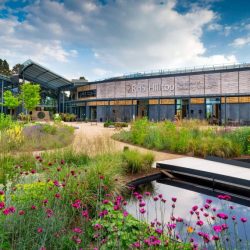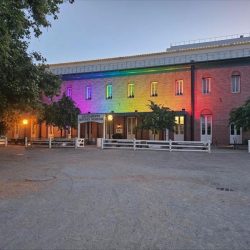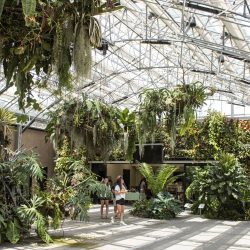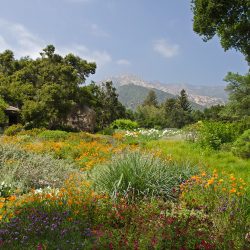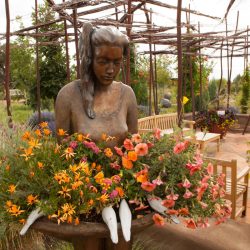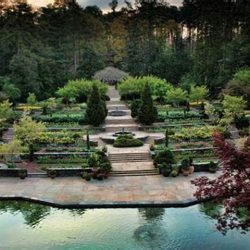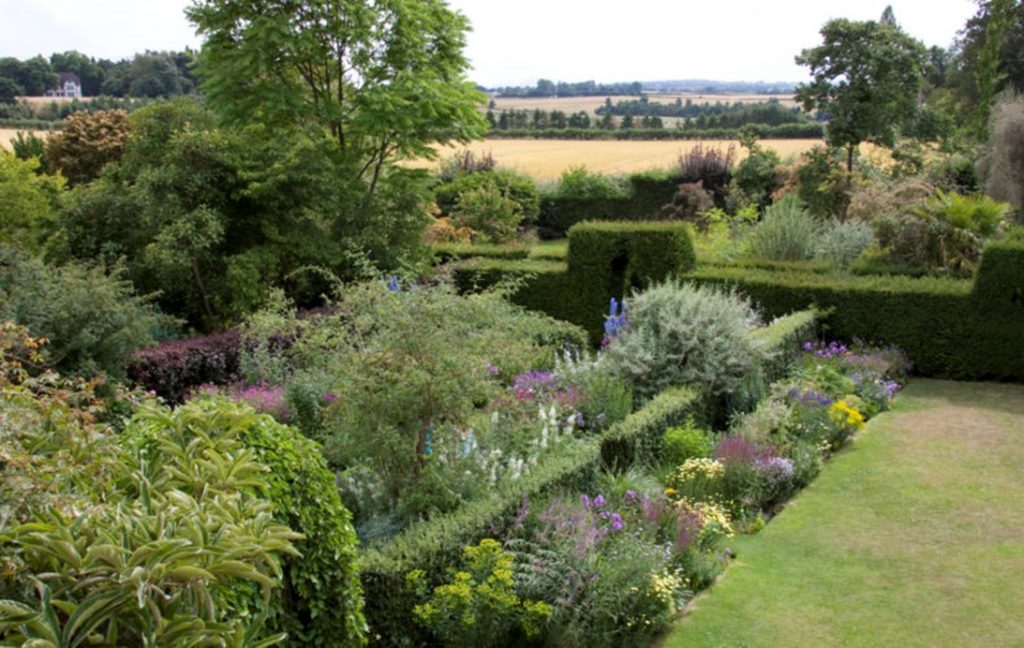
지구에는 토양, 해양, 산림 등 세 가지 탄소 흡수원(대기 중 이산화탄소를 흡수하는 원천)이 있습니다. 홍수, 물 가용성 감소, 기온 및 수질 염분 증가와 같은 기후 변화로 인한 환경 영향은 원예 생산성과 지역 생태계에 큰 영향을 미칩니다.
지속 가능한 경관은 기후 변화에 큰 영향을 미치고 기후 변화를 줄일 수 있으며, 기후 변화를 줄이지 않으면 원예 생산에 큰 영향을 미치게 됩니다. 지구의 기온이 상승함에 따라 강우량이 감소하거나 증가하고 기상이변이 더 자주 발생하며 식물, 농작물, 나무, 관목은 생존에 어려움을 겪게 될 것입니다.
아래를 클릭하여 각 목표에 대해 자세히 알아보고 추가 리소스를 살펴보세요. 궁금한 점이 있으면 다음 주소로 기후 툴킷에 대한 이메일을 보내주세요. climatetoolkit@phipps.conservatory.org.
리소스:
- Solutions to Climate Change (The Nature Conservancy)
- Drawdown Explorer (프로젝트 드로다운)
- 자연 기반 솔루션 (Global Program on Nature-Based Solutions for Climate Resilience)
- 기후 변화 변동성이 원예 생산성에 미치는 영향에 대한 검토 (국제 환경 과학 및 천연 자원 저널)
아래는 기후 툴킷의 조경 및 원예 목표입니다:
잔디 면적을 10% 줄이고 토종 식물로 대체하도록 장려하세요.
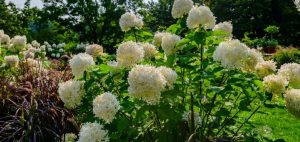
잔디밭은 종종 가스 장비와 합성 비료로 유지 관리됩니다. 비료 1톤을 생산할 때마다 4~5톤의 탄소가 대기에 추가됩니다. 비가 오면 비료는 결국 유출수로 흘러들어가 지역 수로와 생태계를 오염시킵니다.
미국에서는 4천만 에이커가 넘는 면적이 잔디밭 유지에 사용되고 있습니다. 이 땅에 토종 식물과 주변 생태계를 지원하기 위한 식물을 심는다면 엄청난 탄소 흡수원이 될 수 있습니다. 대신, 잔디밭은 상당한 양의 질소를 생산하고 방출합니다.
잔디를 토종 식물로 전환하면 관개에 필요한 물의 양을 줄이고, 살충제와 제초제를 사용할 필요가 없으며, 잔디 관리와 잔디 깎기에 필요한 시간을 절약하는 동시에 지역 생태계를 지원하고 이산화탄소를 격리할 수 있습니다.
리소스:
- 잔디 관리 및 기후 변화 (프린스턴 대학교)
- 당신이 할 수 있는 한 가지: 잔디밭 줄이기 (뉴욕 타임즈)
- 홀든 포레스트 & 가든의 잔디 감소 기술 (홀든 포레스트 & 가든)
모든 잔디밭/정원 관리 장비의 25%가 전기식인지 확인하세요.

캠퍼스에서 아름다운 조경을 유지하려면 잔디와 정원 장비를 사용하는 것이 필수적이지만 화석 연료를 사용하는 장비는 환경을 오염시킬 수 있습니다. 전기 충전식 조경 장비의 품질과 성능은 이제 대부분의 상황에서 화석 연료 기반 장비에 필적할 수 있으며 독성 배출물을 방출하지 않는다는 장점이 있습니다.
매년 8억 갤런의 휘발유가 잔디 깎는 기계와 기타 원예 장비에 동력을 공급하는 데 사용됩니다. 안타깝게도 원예 장비의 시동을 걸기 위해 추가로 1,700만 갤런의 휘발유가 유출됩니다. 2행정이라고 불리는 일반적인 엔진 유형 중 하나는 독립적인 윤활유 시스템이 없기 때문에 연료와 오일이 혼합되어 기계가 연소하기 어렵습니다. 약 30%의 연료가 이 장비 내에서 연소되지 않고 대신 유독성 오염 물질을 대기로 방출합니다. 여러 연구에 따르면 2행정 장비(소비자용 리프 블로어 포함)는 픽업트럭이나 세단보다 더 많은 탄화수소를 방출할 수 있는 것으로 나타났습니다.
리소스:
- 전기 원예 장비: 우리가 사용하고 있는 것 (기후 툴킷)
- 잔디 관리 및 기후 변화 (프린스턴 대학교)
- 가스 동력 잎 송풍기는 환경에 얼마나 나쁜가요? (워싱턴 포스트)
사용되는 농약과 비료의 50%가 화석 연료에서 추출되지 않았는지 확인합니다.
대부분의 비유기농 살충제와 비료는 화석 연료를 기반으로 합니다. 이러한 비료는 수로, 농지 및 주변 지역 환경을 오염시킵니다. 또한 생산에 에너지가 필요하며 사람과 동물의 건강에도 위험합니다. 통합 해충 관리, 유기 농업 기술, 화석연료를 사용하지 않는 살충제와 비료, 강건한 토종 식물을 사용하면 화학 오염을 크게 줄일 수 있습니다.
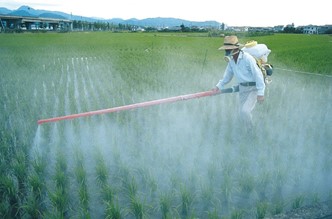
- 비료가 자주 사용되는 곳은 모노 크롭 농장은 같은 땅에서 한 가지 작물을 지속적으로 재배합니다. 이러한 작물은 토양의 영양분을 고갈시키므로 기본 영양분을 보충하기 위해 비료가 필요합니다. 토양은 영양분이 고갈되어 건강한 토양만큼 이산화탄소와 같은 대기 오염 물질을 흡수하고 저장할 수 없습니다.
비료 는 2차 세계대전 당시 공장에서 폭발물을 만들다 남은 질소를 사용해 만든 비료입니다. 일반적인 비료에는 토양의 다량 영양소인 질소, 인, 칼륨이 포함되어 있습니다. 합성 형태의 질소는 또한 질소와 수소 기반 암모니아로 구성되어 있으며, 이는 환경 내에서 반응하기 더 쉽습니다. 비료를 대량으로 살포하면 이 화합물은 위험한 온실가스인 아산화질소가 됩니다.
- 대부분의 비료는 식물에 풍부한 영양소를 지원하도록 특화되어 있습니다. 예를 들어 옥수수는 질소가 풍부하기 때문에 옥수수용 비료에는 대부분 질소가 함유되어 있습니다.
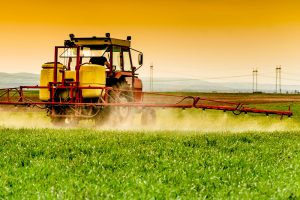
살충제 는 원치 않는 잡초, 곤충, 설치류 및 곰팡이를 퇴치하는 데 사용되지만, 이러한 화학 물질의 대부분은 심각한 인체 및 환경 건강 영향. 살충제는 다양한 종류의 곤충과 식물을 억제하기 위해 만들어졌기 때문에 수로와 공기로 누출되면 주변 환경을 죽입니다. 90%의 하천과 강에서 살충제가 발견되었으며, 평균적인 사람의 혈액에서 43가지의 살충제가 발견되었습니다. 농장 노동자들은 농약 노출에 매우 취약합니다.
리소스:
- 토양 및 식물 영양소 (노스캐롤라이나 주립대)
- 주요 기후 문제가 된 비료 솔루션 (인류세)
- 산업 농업 오염 101 (천연 자원 보호 위원회)
탄소 격리를 위한 재조림을 지원하세요.
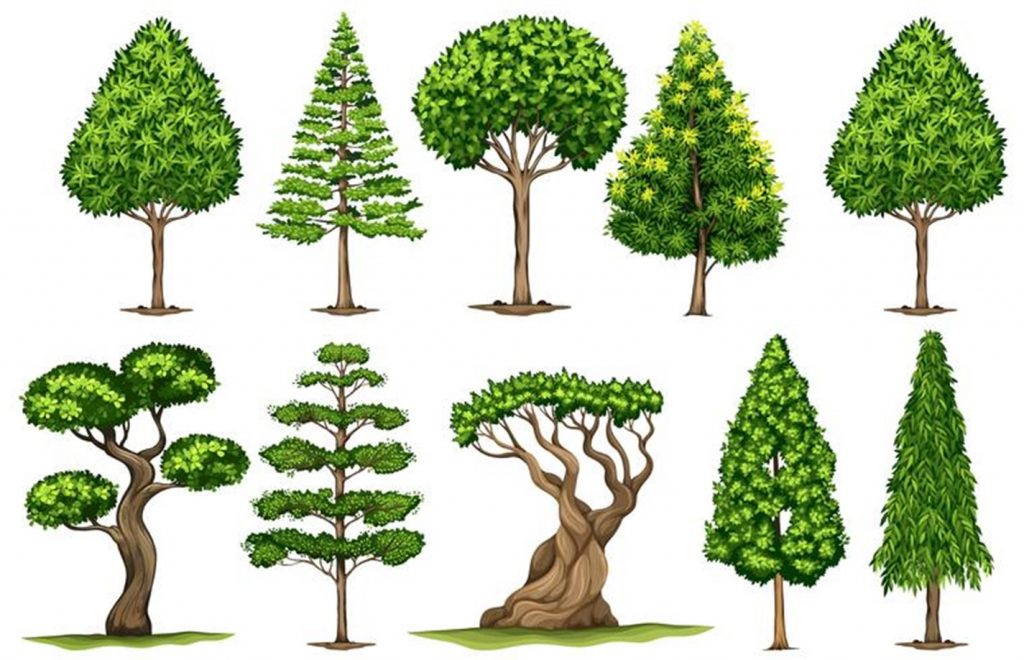
나무는 지구상에서 가장 큰 탄소 흡수원 중 하나로 대기 온도에 영향을 미치고 빗물 유출을 줄이며 지역 생태계 내 탄소 배출을 줄이는 역할을 합니다. 나무는 오늘날 경제 전체 이산화탄소 배출량의 14% 이상을 적극적으로 상쇄하고 있습니다. 성공적인 탄소 흡수원이 되려면 나무를 건강하고 강건한 기후대에 심어야 합니다. 캠퍼스 안팎에서 건강하고 튼튼한 나무를 심는 것은 기후 변화를 줄이고 환경을 보호하는 데 큰 영향을 미칠 수 있습니다.
지구에는 토양, 해양, 산림이라는 세 가지 일반적인 탄소 흡수원이 있습니다. 나무는 산림 탄소 흡수원의 핵심입니다. 나무는 광합성 과정에서 이산화탄소를 바이오매스로 전환하여 포집합니다. 그런 다음 호흡과 산화와 같은 자연적 과정과 수확, 화재, 삼림 벌채와 같은 인간 활동을 통해 탄소가 방출됩니다. 우리가 나무를 더 잘 지원할수록 나무가 더 많은 탄소를 격리할 수 있습니다.
리소스:
- 탄소 싱크 및 격리 (유엔 유럽 경제 위원회)
- 도시 숲과 기후 변화 (미국 농무부, 미국 산림청)
- 숲이 탄소를 저장하는 방법 (펜실베니아 주립대)
- I-Tree (USDA 산림청)
- Tree Classification Guide and Glossary of Terms (Avas Flowers)
나무 심기:
- 식재 시 최대 나무 크기는 몇 가지 기준에 따라 달라집니다. (플로리다 대학교)
- 묘목 생산/수확 방법 중 선택하기 (플로리다 대학교)
- 그늘 나무 훈련 계획 (플로리다 대학교)
- 나무의 설정 기간 (플로리다 대학교)
- 코넬의 추천 도시 나무 가이드 (코넬 대학교, 원예학과)
주차 공간을 녹지 공간으로 전환하여 도시의 기온 상승에 대응하세요.
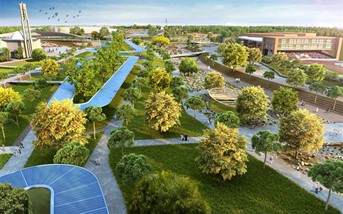
도시 내 건물, 도로, 주차장 등 콘크리트로 이루어진 넓은 면적은 온도가 더 높은데, 이러한 현상을 "도시 열섬 효과"라고 합니다. 주차 공간을 녹지 공간으로 바꾸면 온도를 낮추고, 기계식 냉방의 필요성을 줄이고, 공기의 질을 개선하고, 스트레스를 줄이고, 인구 밀집 도시에 사는 사람들의 정신적, 신체적 건강을 증진할 수 있습니다. 녹지 공간에는 온도를 낮추고 기후 변화에 대응할 수 있는 토종 식물, 강건한 나무, 초목을 심어야 합니다.
리소스
- 기후 변화 완화를 위한 도시 녹지 공간의 중요성. (국립 의학 도서관)
- 오픈 스페이스/녹지란 무엇인가요? (EPA)
- 녹지 공간: 지속 가능한 도시 보건을 위한 귀중한 자원 (유엔 연대기)


